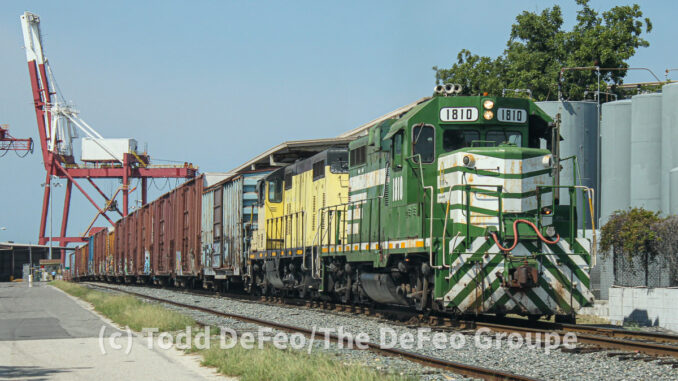
The regulatory framework for freight rail must be updated to reflect both the current competitive landscape and the legal consequences of a 2024 U.S. Supreme Court decision, the International Center for Law & Economics said in a new report.
The ICLE issue brief contends that the Surface Transportation Board risks running afoul of the statutory text of its enabling legislation if it continues to apply outdated legal interpretations and fails to acknowledge modern market forces that bring geographic and intermodal competition to the rail sector.
The U.S. Supreme Court’s 2024 decision in question is Loper Bright Enterprises v. Raimondo. The brief’s publication coincides with a Nov. 6 hearing of the U.S. Senate Committee on Commerce, Science, and Transportation to consider nominees to the STB.
“Competition analysis in the rail sector is no longer about static ownership of track,” ICLE Director of Innovation Policy Kristian Stout, the report’s author, said in a release. “It is about recognizing the full economic reality of intermodal and geographic substitution.
“The STB must align its rules with the statutory text and the modern marketplace by considering all evidence of competition,” Stout added. “Anything less risks inefficient regulatory interventions that destabilize investment and ultimately undermine the reliable rail network Congress intended to create.”
The analysis outlines three areas where regulatory practice diverges from both statutory text and economic reality:
- Market-Dominance Definition: The STB’s practice of excluding product and geographic competition from its market-dominance determinations is economically unsound and legally tenuous in the wake of Loper Bright. Modern shippers frequently discipline rail rates by switching to alternative products, such as natural gas instead of coal, or by sourcing from different regions. But the STB has ignored this evidence since the late 1990s.
- Revenue Adequacy: The text of the Staggers Act makes clear that “revenue adequacy” should be treated as a floor, not a ceiling on carrier profitability. Treating revenue adequacy as a rate cap discourages efficiency and long-term network expansion.
- Federal Preemption: The Interstate Commerce Commission Termination Act’s preemption provisions are vital pro-competitive infrastructure. By preventing a patchwork of state and local operating rules, federal exclusivity ensures the uniformity and asset fungibility required for intermodal and geographic competition to function effectively.

